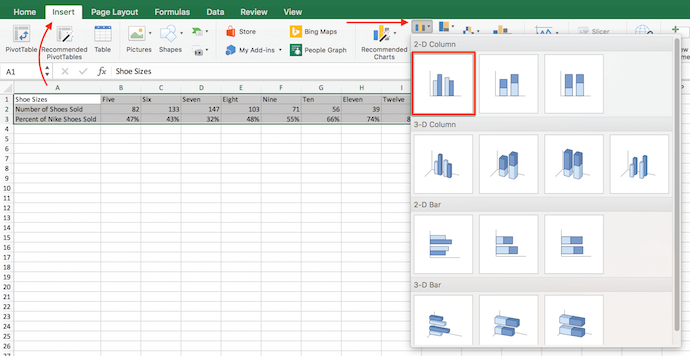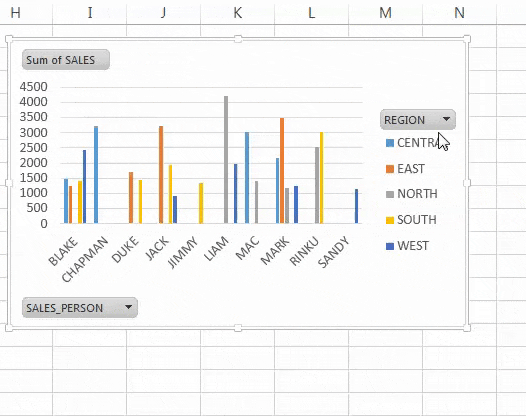
Click the arrow next to “values” and select “value field settings.” When the “value field settings” window opens, choose “count” from the list of options. If the ID# in the “values” field is not presented as a count (ex: it is presented as a sum) you will need to change it. Drag ID # to values (you will need to have a column for ID #s in order to make a PivotTable in Excel).

Drag the dependent variable (income) to the rows. Drag the independent variable (degree) to the columns. In the bottom part of the menu, there is a grid with four fields: filters, rows, columns, and values. Ex: A menu will appear on the right side of the screen called “Pivot Table Fields.” In the top of this menu you will see you all of the variables in your data set.Specify where your values will be placed in your PivotTable (Contingency Table). I have coded respondents with any type of college degree as 2. I have coded respondents with a high school diploma or less as 1. *Because contingency tables are best suited to variables with a limited number of responses, I have collapsed “degree” into two categories (instead of the original five). I identify “degree” as the independent variable and “income” as the dependent variable. More specifically, I am really interested in determining whether those with a college degree have higher incomes than those without a college degree. I wish to look at the relationship between these two variables because I wish to see if there is a relationship between “degree” and “income,” hypothesizing that one’s highest level of education may have an effect on one’s income. Ex: I have chosen to analyze the variables “degree” and “income” from the GSS 2008.Sometimes the independent variable is seen as the “cause,” and the dependent variable is seen as the “effect” (however, it is important to remember that variables can also be related to one another without one necessarily “causing” the other). The independent variable is generally thought to have an influence on the dependent variable. Identify which variable you would consider to be the independent variable and the dependent variable. You should have a reason for wanting to analyze these two variables together. Identify the two variables you wish to analyze in a contingency table. Step 1: Identify the Variables You Will Analyze

Data from the General Social Survey ( GSS) 2008 will be used to illustrate this process. We can create a contingency table (crosstab) by using Microsoft Excel's PivotTable function. Let’s work through an example step by step. For assistance with this process, please refer to the article Analyzing Survey Data in Microsoft Excel: Coding, Inputting Data, and Creating Frequency Distributions.

Note: Data must already have been input into Microsoft Excel and be properly coded in order to create a contingency table.


 0 kommentar(er)
0 kommentar(er)
